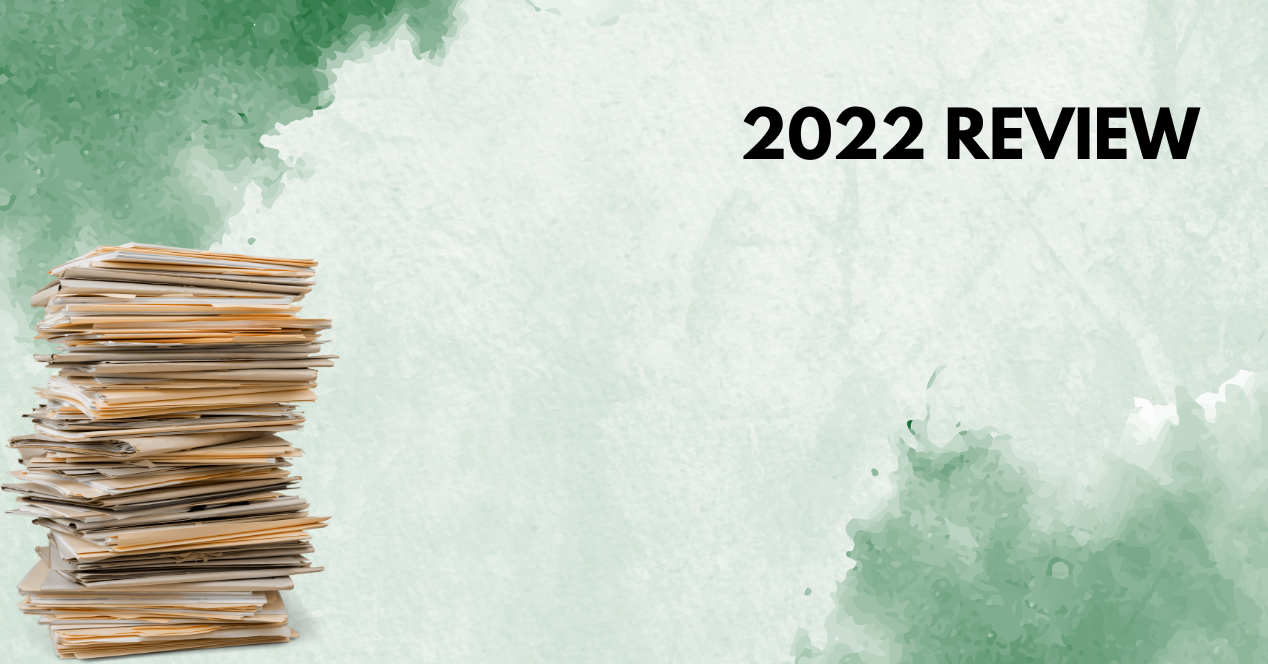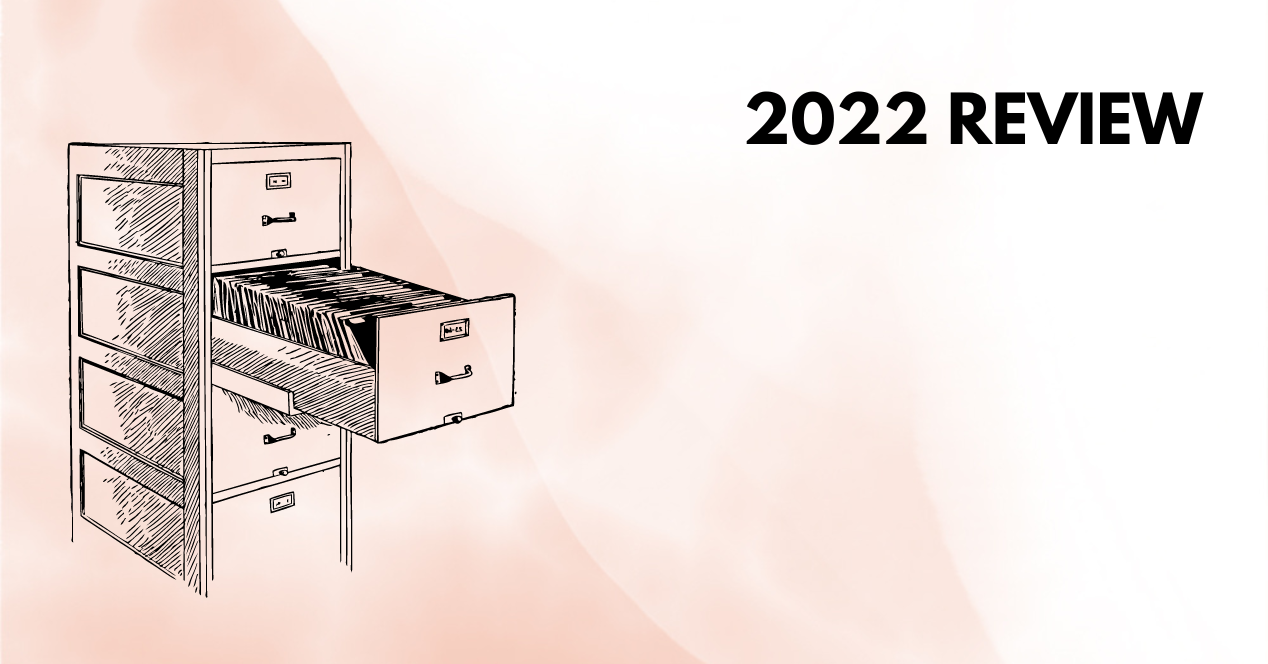Court Data
Case Disposals in 2022: Return to Normalcy?
The SC’s 2022 Annual Report indicates that the Court is disposing of cases at a faster pace.

It is well-known that the Supreme Court has been labouring under a perennially increasing pendency problem. Many attribute this to the Court’s powers to hear a wide range of cases and a limited number of Judges to clear them. While it is critical for the highest Court in the land to be accessible to everyone in the country, it is equally critical for the Court to see these cases to their conclusion. SCO looked into the Court’s disposal trends in 2022.
What is Disposal?
Disposal refers to cases that ‘exit’ the Supreme Court. Disposals can happen in two ways: Cases which do not involve a substantial question of law and are dismissed at the admission stage, and cases that conclude with a Judgment after being heard on their merits. Both of these are counted towards the Court’s total disposal of cases.
Figure 1 depicts the number of cases disposed of each month in 2022. In the 10-month period for which disposal data is available, the SC disposed of a total of 29,109 cases. The year began with 2,469 disposed cases in January. The number gradually crept up to 3,043 cases in April before crashing to just 296 cases during the Court’s summer vacation in June.
The Supreme Court had three different Chief Justices in the second half of 2022—CJIs N.V. Ramana, U.U. Lalit and D.Y. Chandrachud. During the last two months of CJI Ramana’s tenure, the Supreme Court appeared to redouble its efforts to tackle pending cases. The Court disposed of 3,658 cases in July and 3,679 cases in August—a significant improvement from the Court’s average monthly disposal of 2,349 cases in the first half of the year.
Chief Justice U.U. Lalit, who began his 2.5-month tenure as the Chief Justice on August 27th, 2022, promised increased vigour in tackling the Supreme Court’s mounting pendency problem. These assurances were followed by a spike in the Court’s disposal of cases from 3,679 cases in August to 4,939 cases in September—the highest disposals in the year.
Sources have claimed that the Supreme Court in the first 13 days of September under CJI Lalit disposed of 5,113 cases. However, these figures are contradicted by the SC Annual Report’s official numbers which state that 4,939 cases were disposed of in the entire month of September.
Balancing Constitution Benches and the SC’s Disposals
Chief Justice Lalit’s reforms in increasing the Court’s efficiency stand apart for another notable reason. During his brief tenure as the Chief Justice, CJI Lalit set up six 5-Judge Benches to hear 25 pending Constitution Bench cases. Despite their significance in laying down the law for lower Courts, Constitution Benches create the expectation of negatively impacting pendency. This is because they keep a minimum of five Judges occupied at once preventing multiple smaller Benches from hearing cases. CJI Lalit attempted to address this issue by ensuring that smaller Benches heard at least 60 cases per day. In October, the Court’s disposal figures fell to 2,740 cases.
CJI D.Y. Chandrachud, soon after becoming the Chief Justice of India on November 9th, 2022, continued the Constitution Benches set up during CJI Lalit’s tenure. Additionally, he directed all Benches of the Court to hear 10 transfer petitions in matrimonial cases and 10 bail petitions each every day. Reportedly, these changes ensured the disposal of 6,844 cases in a little over a month since November 9th. However, as the Supreme Court’s Annual Report does not disclose official disposal figures for November and December, we cannot verify this claim.
Assessing the COVID Years: How Did the Supreme Court Fare?
Figure 2 compares disposal trends in 2022 against the last four years—the ‘COVID years’ of 2020 and 2021, and the pre-COVID years of 2018 and 2019. Since the data available for these five years is inconsistent*, we rely on average monthly disposals to compare figures across the years.
The pre-COVID years recorded a relatively higher number of average disposals per month—3,301 cases per month in 2018 and 3,465 cases per month in 2019. With the onset of the first wave of the COVID-19 pandemic in 2020, the Supreme Court directed its focus to hearing only ‘urgent’ matters early in the year.
The Court heard an average of only 1,698 cases per month in 2020. In 2021, the Supreme Court shifted to more robust virtual and hybrid Court mechanisms allowing it to hear cases without conducting physical hearings. Case disposals rose as the parties approached the Supreme Court and the Court itself eased into these new changes. The Court disposed of 18,257 cases in the first nine months of 2021 at an average of 2,029 cases per month.
Looking Ahead
In 2022, the Supreme Court returned to normal functioning with an average of 2,911 cases disposed of per month—a 43% increase from 2021. While disposals peaked in September 2022 with 4,939 cases, this momentum was lost in October which saw only 2,740 cases disposed of. This drop in disposals and the Court’s winter vacation likely contributed to the increase in pendency towards the end of the year.
The second half of 2022 indicates an optimistic trend for the reduction of the Court’s substantial pendency problems. CJI Chandrachud’s measures to manage the Court’s docket will be pivotal for the continuation of this trend.
*Data for 2018, 2019, and 2022 is available only for the first 10 months of the year. Data for 2020 and 2021 is available only for the first nine months of the year.




